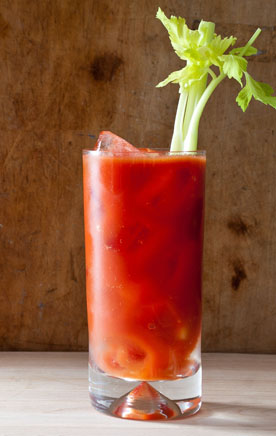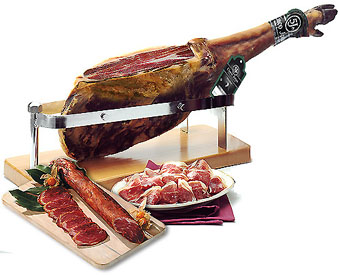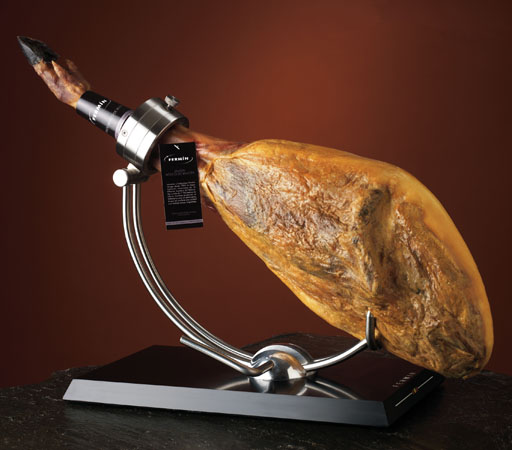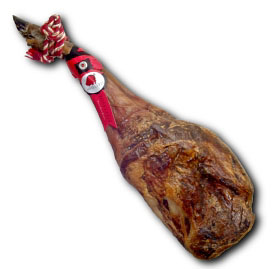|
Related Links
|
||
New This Month
Charcuterie was introduced by the Romans, and evolved into a culinary art by the French. The word "charcuterie" is from the French chair cuite, meaning "cooked meats". It was originally used as the process to preserve meat, centuries before refrigeration, but the practicality as well as its delicious flavors account for its continued evolution and popularity, through to the present. Charcuterie includes a wide range of products such as pâté, sausage, terrine, galantine, and mousse. The primary base was mainly pork, but over time it has expanded to encompass beef, lamb, game, poultry, vegetables and even fish. There are several different methods of production: forcemeat (a mixture of ground lean meat and fat, which can be smooth or coarse); salt-curing and brining; and fermenting. Although salumerias-- specialty shops that offer a wide range of charcuterie, have existed in ethnic pockets of major cities, today they have moved into the mainstream, and are springing up all over. Also, a number of creative chefs are making their own artisanal charcuterie items in-house, combining the old world tradition with new world ingredients and techniques.
We tasted samples of charcuterie from the best sources in the world: France, Italy, Spain, Germany, Canada, and the U.S. Our selections were based on these five criteria:
1. Outstanding flavor
2. Texture, including mouthfeel as well as tenderness
3. Highest quality ingredients
4. Versatility, the number of ways it can be enjoyed (on its own, with other foods, or as a recipe ingredient)
5. Consistency of product
Running the gamut from a siky French goose liver pâté to a chewy Italian salami, these items paired with bread, cheese and fruits are perfect for hors d'oeuvres, picnics, hearty lunches or simple suppers. They are reasonably priced, have a long shelf life, and of course, amazingly tasty.
The Fifty Best Charcuterie
|
Casa Vieja |
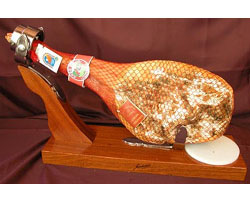 Jamón de Teruel |
|
Mercado Famous |
|
|
Parmacotto |
 Culatello di Zibello |
|
Redondo Iglesias |
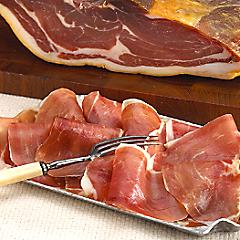 Serrano Ham |
|
Related Links
|
||



